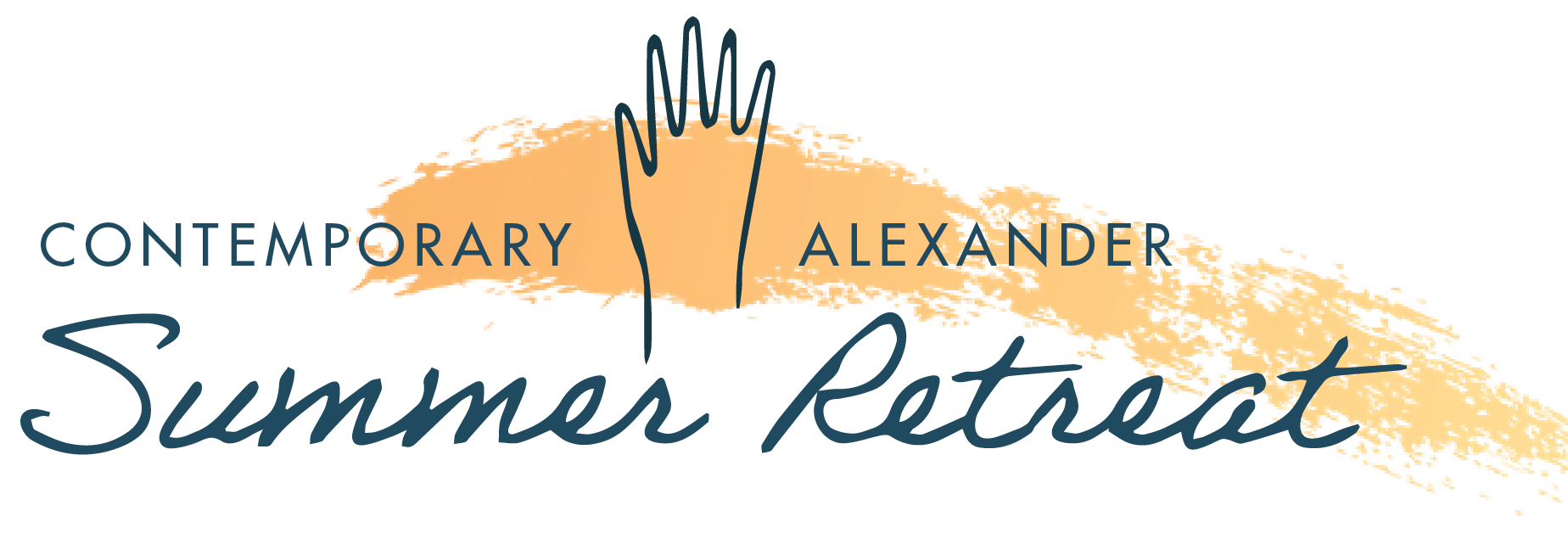What is the Creative Body?
It is your mind/body/spirit that is directly connected to creative potential. It is you. But perhaps not the you that you use in your everyday life.
Imagine a visual artist who is starting a painting. They can paint over newsprint, with lots of content and color already on the paper, or they can paint on a blank canvas. For a performing artist, the equivalent of the newsprint canvas is your everyday body—the habitual patterns of thought, sound and movement that get you through your daily activities. The blank canvas would be your Creative Body—a version of you that is not already embodying habitual patterns of thought, sound, and movement.
When you access your Creative Body, you are, by definition, beyond the limits of your habitual ways of seeing the world; beyond your habitual ideas of what is possible. You are in the realm of creative potential—of new ideas and possibilities. In a field of new choices.
“Out beyond ideas of wrong-doing and right-doing there is a field. I’ll meet you there.”
- Rumi
What do you have to look forward to?
Instrumentalists + Music Educators
Identify and change habitual patterns which may limit your technical proficiency and contribute to pain, tension, fatigue and injury. Explore the threshold between technique and artistry, and how to use your instrument as an extension of yourself. Learn effective new tools for productive practice.
Speakers, Singers, + Vocal Educators
Learn how your body is designed to sing and speak—discover the instrument upon which a vocal technique can be applied. Explore performance skills, habitual patterns which limit technical proficiency, and ways of accessing your unique voice.
Dancers, Circus Artists, + Movement Educators
Understand the inherent design of your body, and how to access it with ease while executing technically challenging material. Explore themes of consistency, performance skills, body image, and accessing non-habitual choreographic material.
Actors, Theater Artists, + Theater Educators
Increase your capacity for physical expression and dynamism. Learn how to work with your inherent anatomical design and coordination, allowing for full physical embodiment of character. Explore improvisational tools, performance consistency, character embodiment, and fundamentals of physical theater.
A Typical Day of Immersion
The days are both full and spacious, with time for universal themes and personal applications; for lively group activities and solo reflection; for hands-on contact and philosophical themes. All participants are encouraged to bring tools, instruments, music, etc. for our Activity and Situational Work. We will help you do whatever you love to do. We will help you learn a new skill or refine an old one.
Our faculty have expertise in both Alexander’s Work, as well as in an array of arts and performance modalities. Learn more on our Teaching Team page.
We generally have Alexander class 3 times each day:
Morning Classes offer core curriculum in Alexander Principles, Body Mapping, and Group Activities.
Afternoon Classes focus on personal/professional application of the work in daily life activities and situations, and include topics of specific interest to students or educators & professionals. Be sure to bring instruments and tools you use in your daily and professional life.
Evening Class (optional) is time to further explore what you found during the day. Alexander Games, storytelling, and nourishing practice fill this sweet time together.




